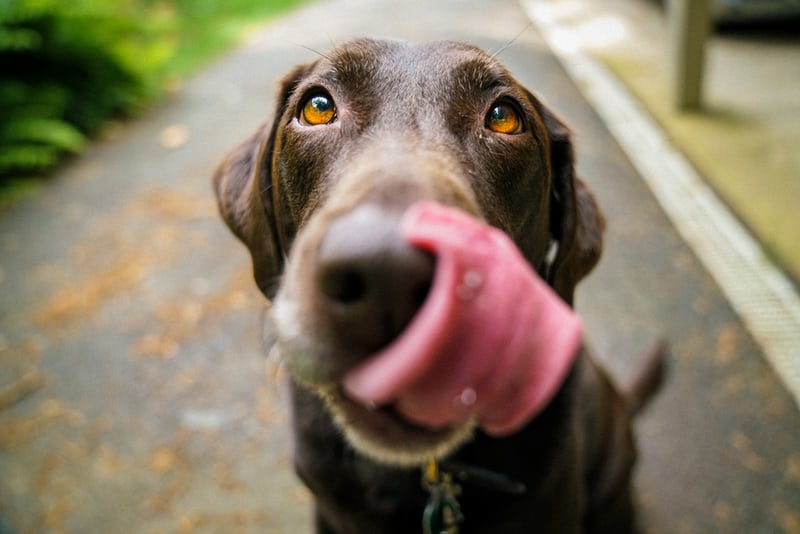Thousands of dogs yearly experience a debilitating intervertebral disc disease (IVDD). Chondrodystrophic dogs, such as the Dachshund and the Bassett hound, are much more likely to form IVDD than other dog breeds due to their short legs and long backs. However, this illness can manifest in animals of any breed, including feline species.
What is intervertebral disc disease in dogs?
The spinal condition known as intervertebral disc disease is much more common in canines but can likewise impact felines. Spinal surgery from a reliable dog orthopedic surgeon is the traditional treatment for dog cases of intervertebral disc disease. A dog’s cartilage center of each intervertebral disc is enclosed by a fibrous ring, offering shock absorption for the spinal column.
You can discover one of these discs between every vertebra in your spine except your first and second. If your dog’s discs are in good condition, it can execute high-impact tasks like running and jumping without experiencing any discomfort.
What causes intervertebral disc disease in dogs?
Due to intervertebral disc disease, your pet’s spine might gradually deteriorate. Dogs over ten are usually the ones most affected by the condition. Any dog breed is at risk of this disease, but some are more in danger than others. To name a few: Basset Hounds, Dachshunds, Pekingese, Shih Tzus, and Beagles.
The intervertebral discs become too challenging and no longer provide adequate padding between the vertebrae, which is the most widespread cause of IVDD. The toughening might arise from exposure to long periods of sluggishness or an abrupt external stimulus. Although there is currently no way to stop the spread of this health problem, you can help ensure your dog’s health by providing pet vaccinations.
The Prevalent Signs of Intervertebral Disc Disease
Knowing about intervertebral disc disease is crucial if you own a dog. Unfortunately, many dog owners do not learn their companion is in danger or already suffering from IVDD until it’s too late. Degenerative myelopathy (DM), another debilitating back issue, should not be puzzled with IVDD. Typical signs and symptoms of this health problem include the following.
1. Sensitivity to Touching
When you touch your dog, it could react by yelping, crying out, or perhaps becoming aggressive toward you. They might even attempt to attack you. You might even observe that your dog is avoiding you to avoid having their fur picked on or patted by you.
2. Hunched Back
A hunch in the back is a prevalent disc disease sign in a dog. This hunch can be somewhat recognizable, with numerous vertebrae standing out of place, or a lot more subtle, with just one or two vertebrae jutting out. Your dog may walk slowly and hunch over, or its tummy may be tight.
3. Extremely Quiet and Retracted
If your dog is experiencing pain, it may spend extended periods sleeping or reclining in an uncommon place. It’s also possible that you’ll find your dog resting or hiding in a distant part of your house. If you see any one of these signs and symptoms, it’s time to bring your dog to a veterinary diagnostic lab.
Bottomline
In the future, if you see any one of the signs and symptoms of intervertebral disc disease in your dog, you will be able to determine them promptly and get the treatment you need without having radical measures like surgery. Knowing about this ailment is the first step toward safeguarding your dog’s health and stretching out its life.



